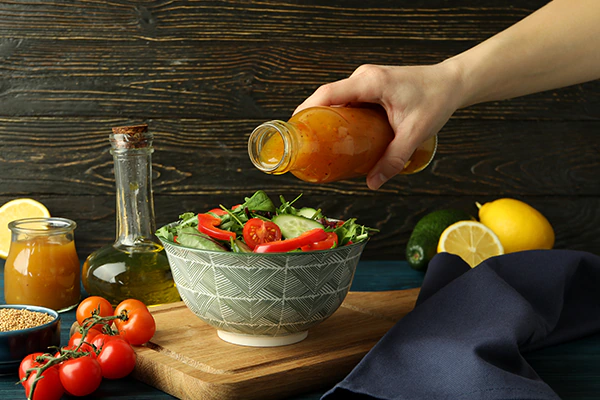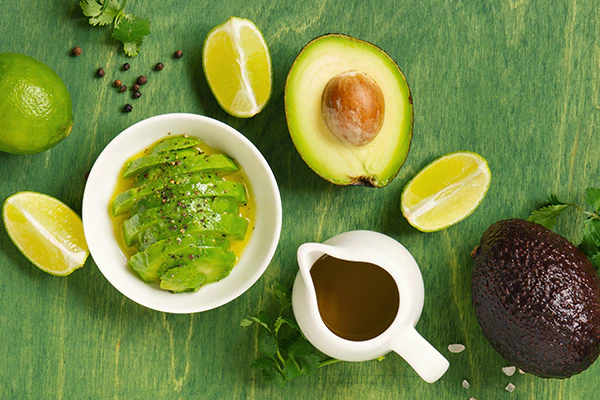When you are reading the nutrition facts label on a food product, it is essential to pay attention to the serving size as this can determine what you’re actually eating.
For example, some products may have a serving size of 1/2 cup, while others may have a serving size of 1 cup. This means that the nutrition facts for a 1/2 cup serving size will differ from those for a 1 cup serving size.
Additionally, some countries have standardized rules for serving sizes. This means all products must list their nutrition information per serving size. Not all products have the same serving sizes. For example, a bag of chips may have a serving size measured in oz, while a can of soup may have a serving size measured in cups.
Understanding Serving Sizes
The first step to understanding serving sizes is to know what they actually are. A serving size is the amount of food or drink that is typically consumed in one sitting. It is important to note that a serving size is not a measure of how much of the product you should consume.
For example, a soda can may have a serving size of 8 oz, but that doesn’t mean you should drink the entire can.
The second step to understanding serving sizes is to know how they are determined. Serving sizes are based on reference amounts, which are the amounts of foods and drinks that people typically consume.
Paying attention to serving sizes is essential because they can help you control your portions. If you know the serving size of a food or drink, you can quickly figure out how many servings you’re consuming.
Read more: Bitesize: Does Menu Labelling Work?

Calculating Nutrition Facts
You can use the nutrition facts label to know how much of a specific nutrient you consume. This label provides information about the amounts of calories, fat, sodium, and other nutrients in a product.
To calculate the amount of a nutrient you’re consuming, you must first find the serving size. Once you know the serving size, you can multiply it by the number of servings you’re consuming.
For example, let’s say a portion of food has a serving size of 1 cup (8 oz), and you want to know how much fat is in 2 servings. You would multiply the serving size by 2, giving you 16 oz of food. You would then look at the fat grams listed on the nutrition label and multiply that number by 2.
Read more: How to Operate in the New Post-COVID Era
Not all “healthy” foods are indeed healthy
While a food item can look healthy, looks can also be deceiving. For example, a salad can have a healthy amount of vegetables, but if it’s drenched in high-calorie dressing, the overall nutritional value of the meal plummets. The same goes for smoothies. A green smoothie may have a ton of vitamins and nutrients, but if it’s loaded with fruit juices and honey, it might have more sugar than you bargained for.
Another example is portion size. Just because a food is low in calories doesn’t mean you can eat as much of it as you want. If a serving size is one cup and you eat two cups, you’ve just doubled the calories, fat, and other nutrients. The key to eating healthy is choosing healthy foods and paying attention to portion sizes.
MenuSano can help you get the accurate information per serving size to your guests and clients, so they can make informed decisions about what they’re eating.



















